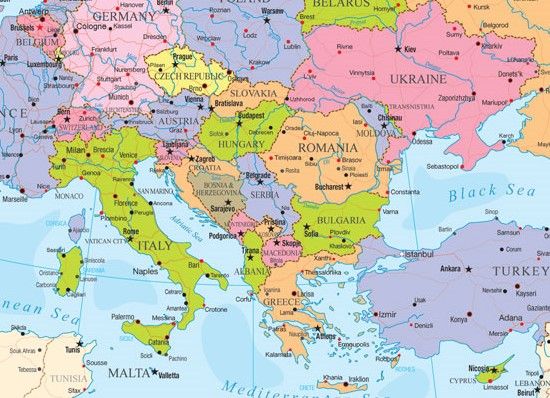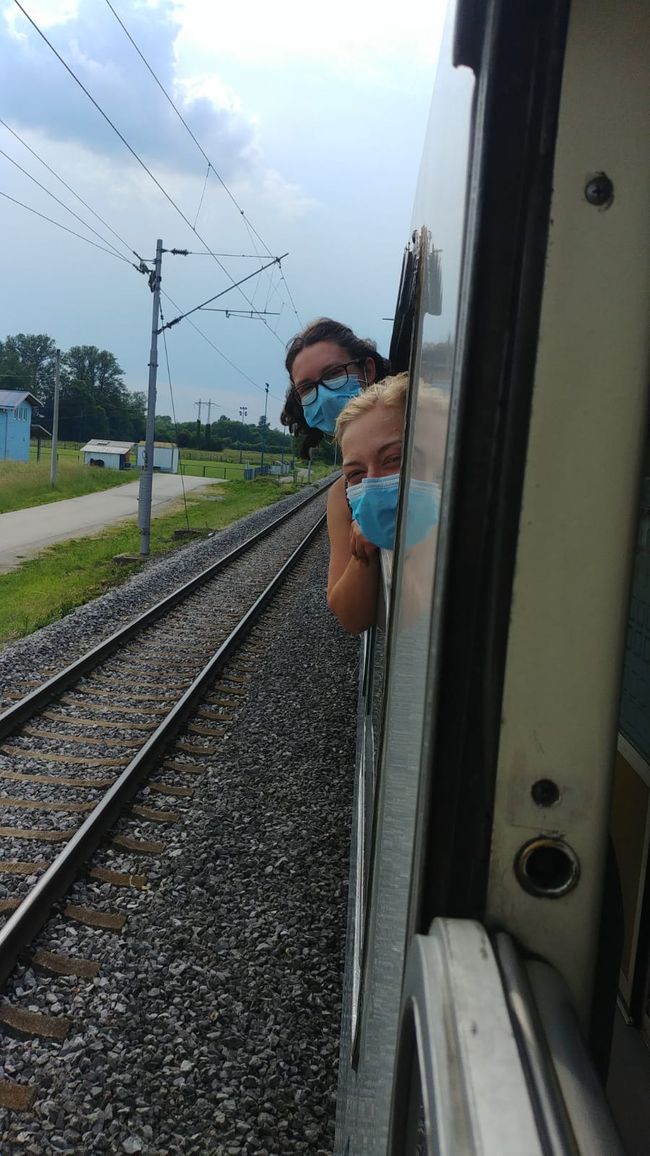Sarajevo - where East and West merge (Stop 5)
نشرت: 17.06.2021
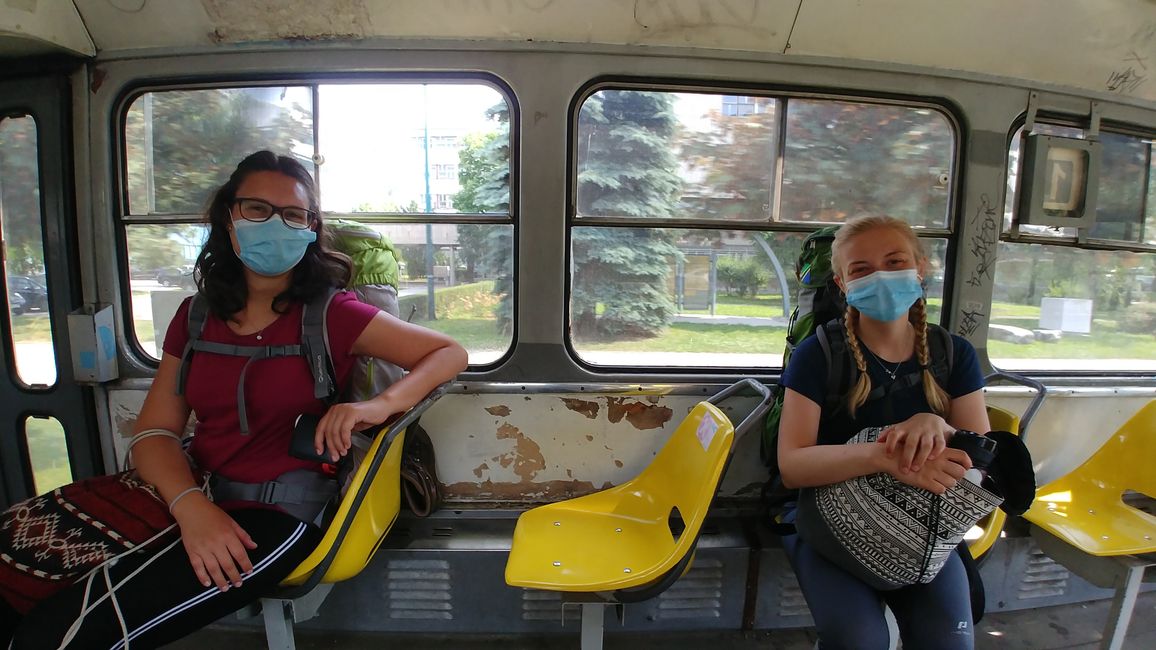
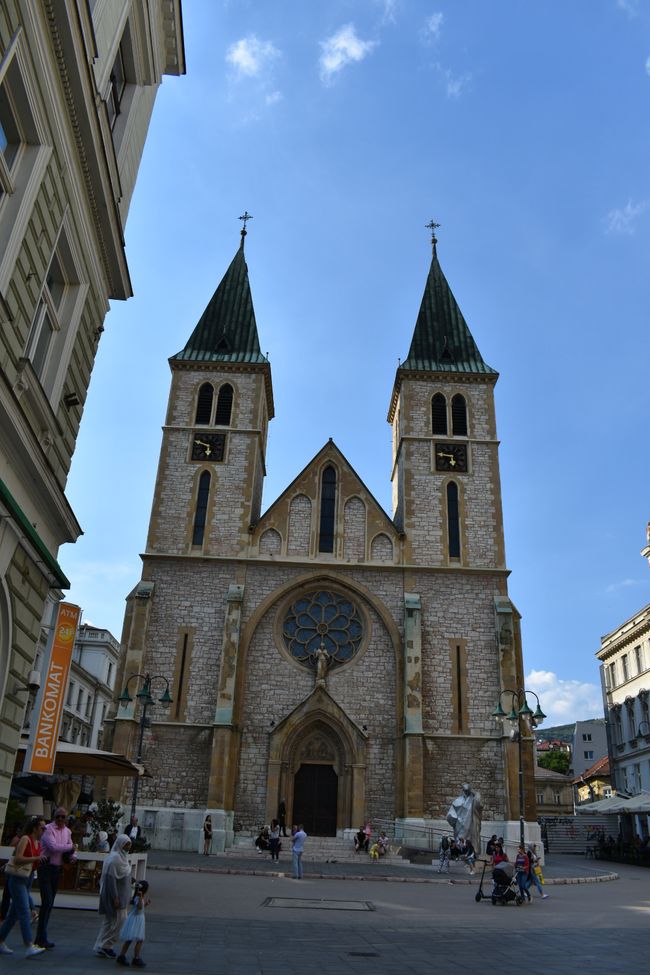
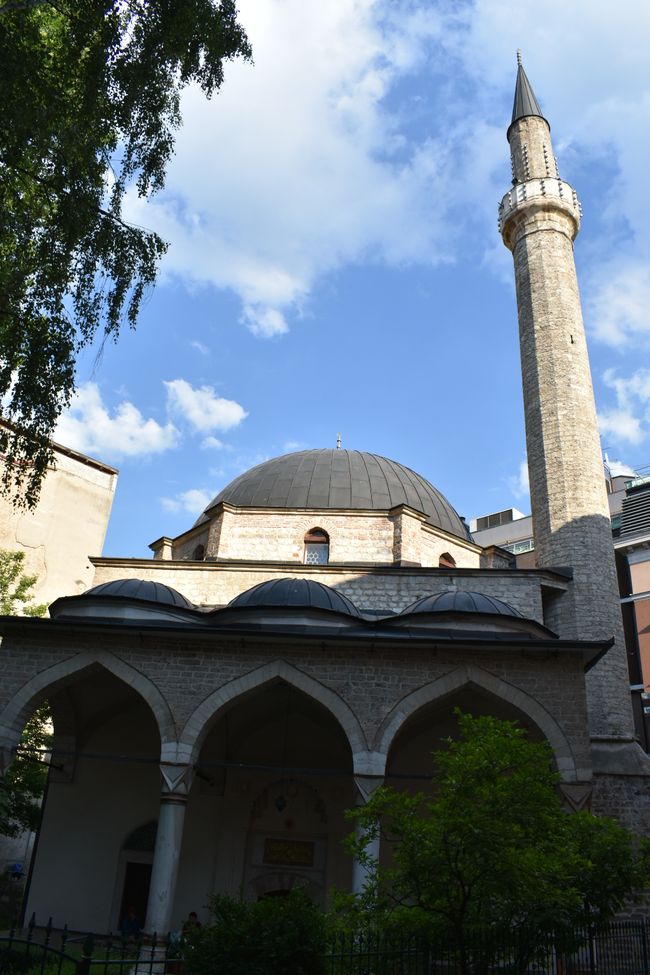
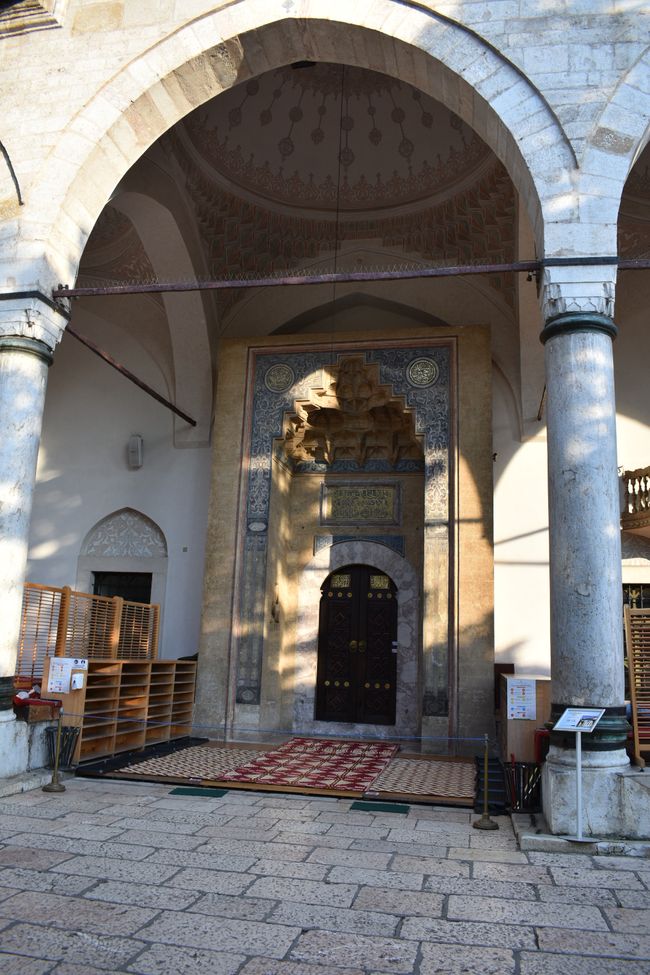
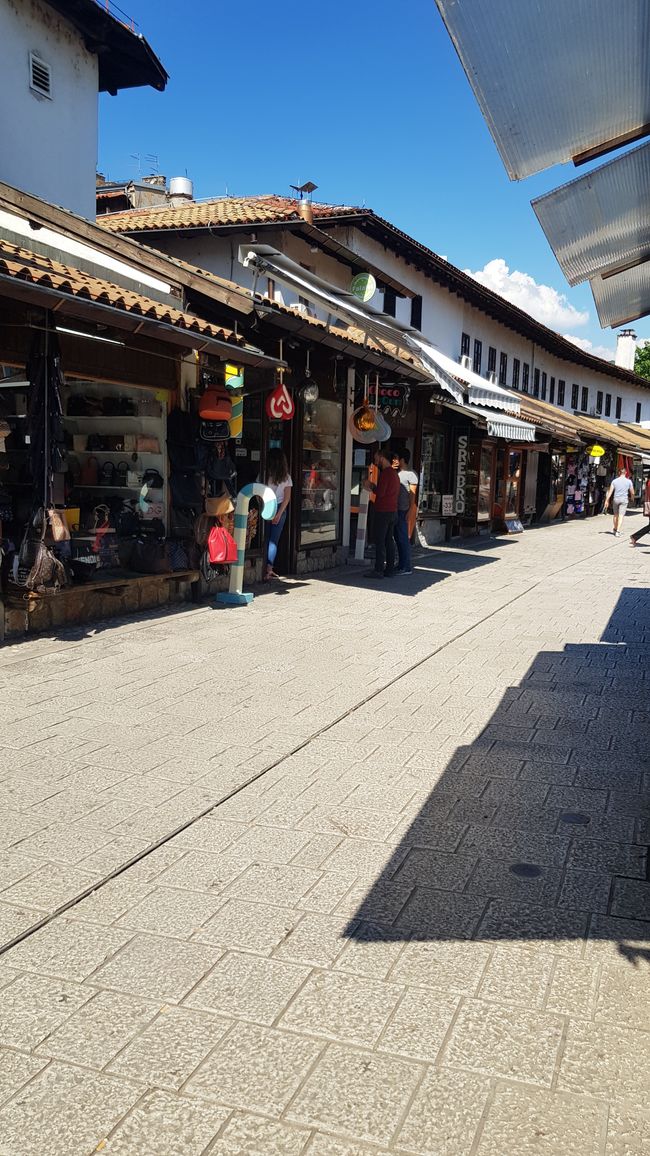
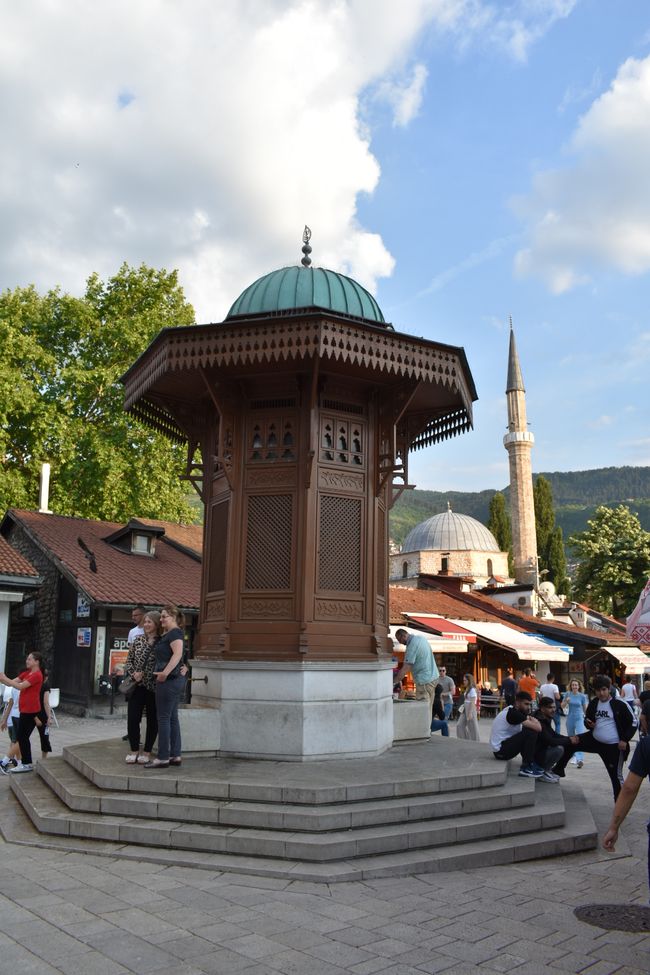
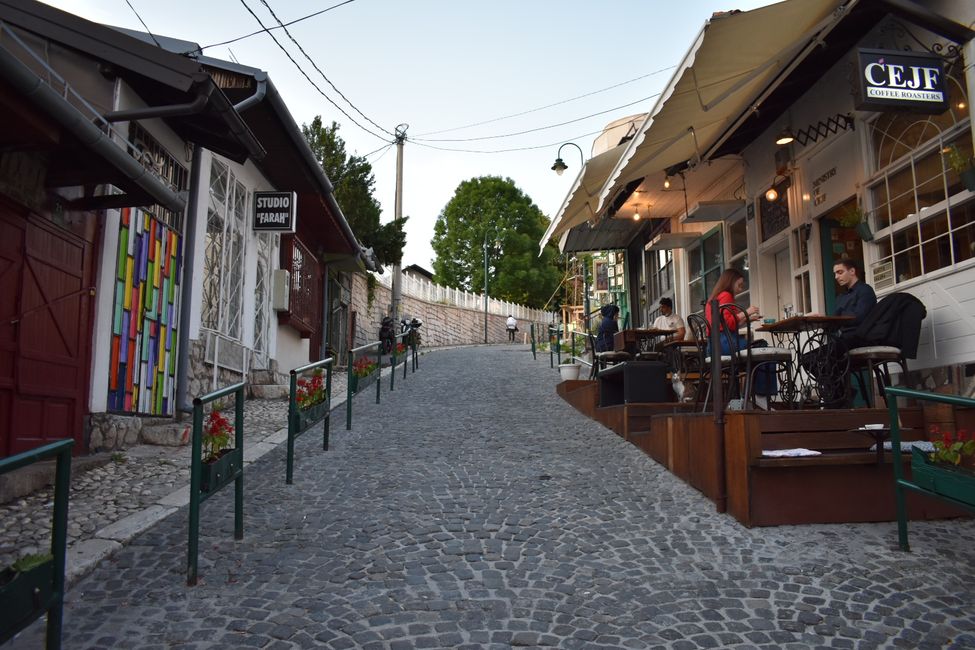
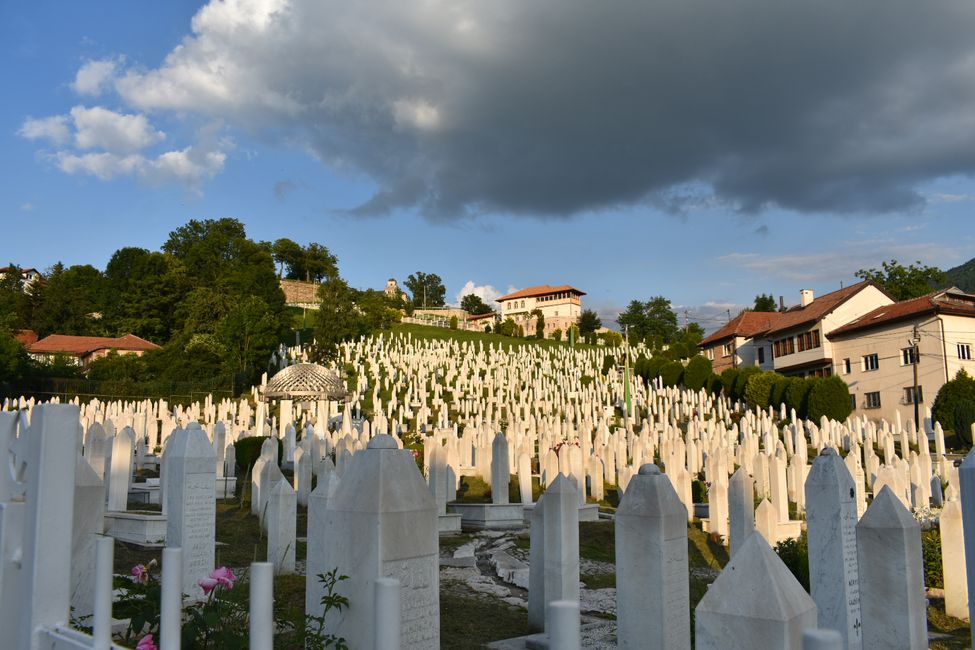
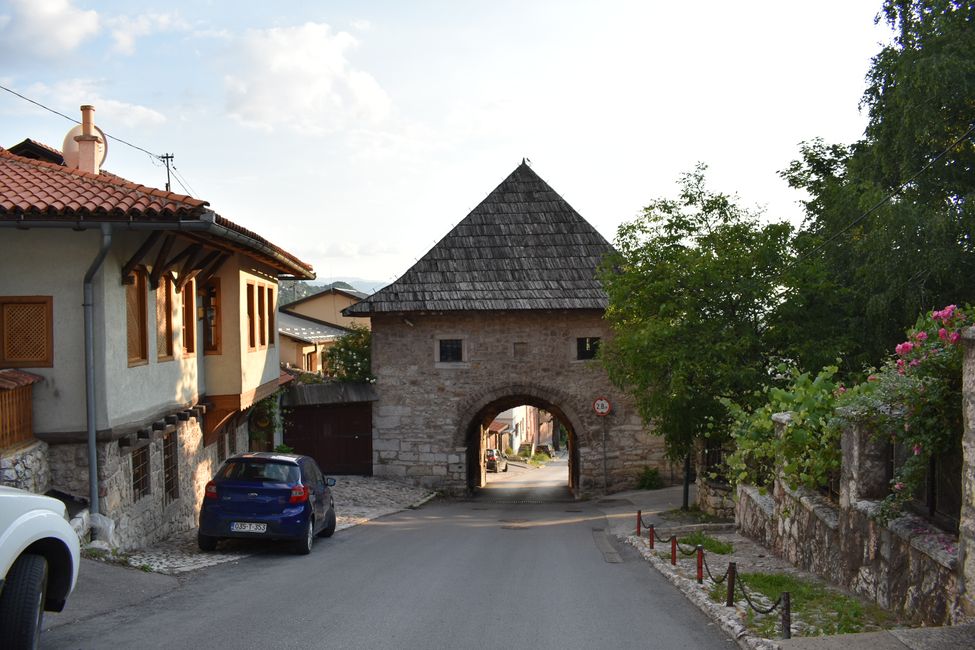
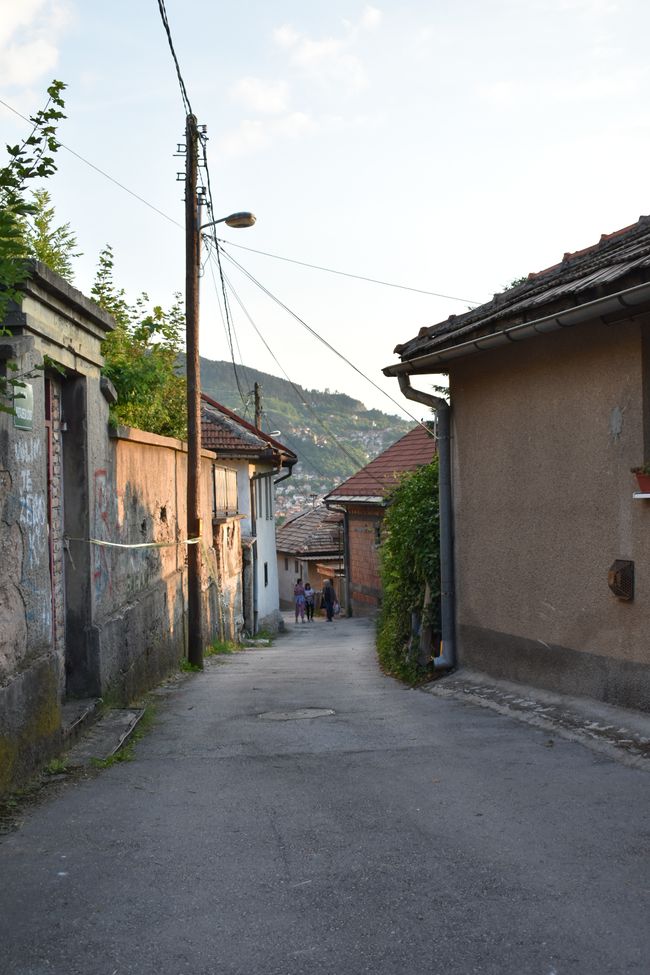
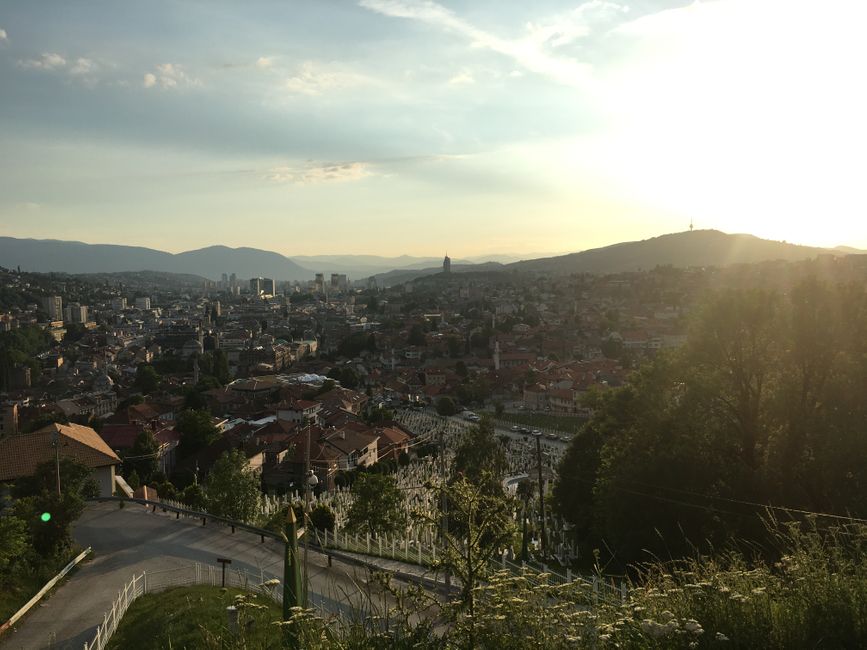
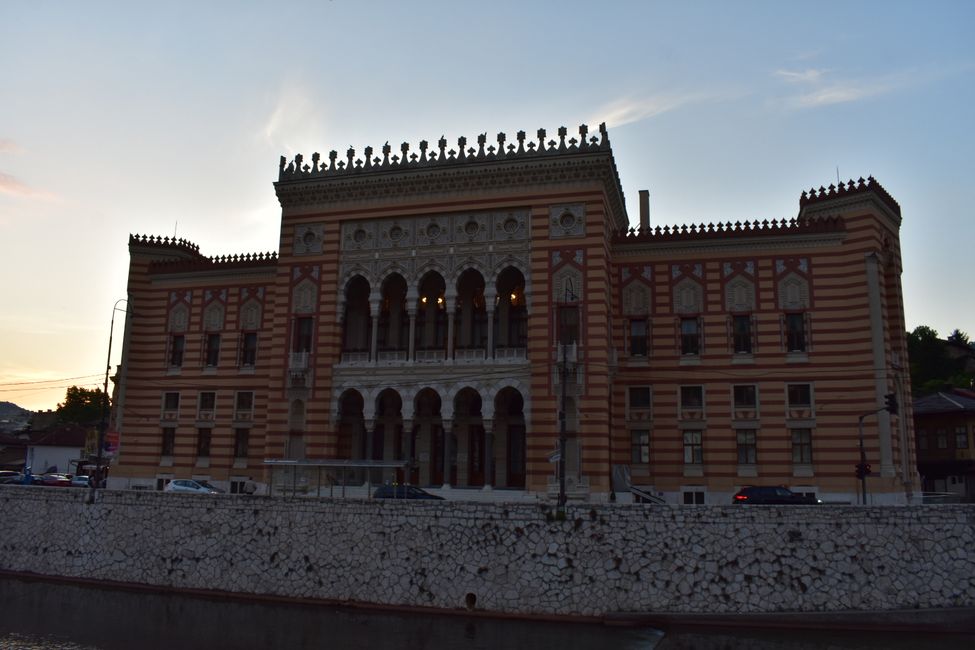
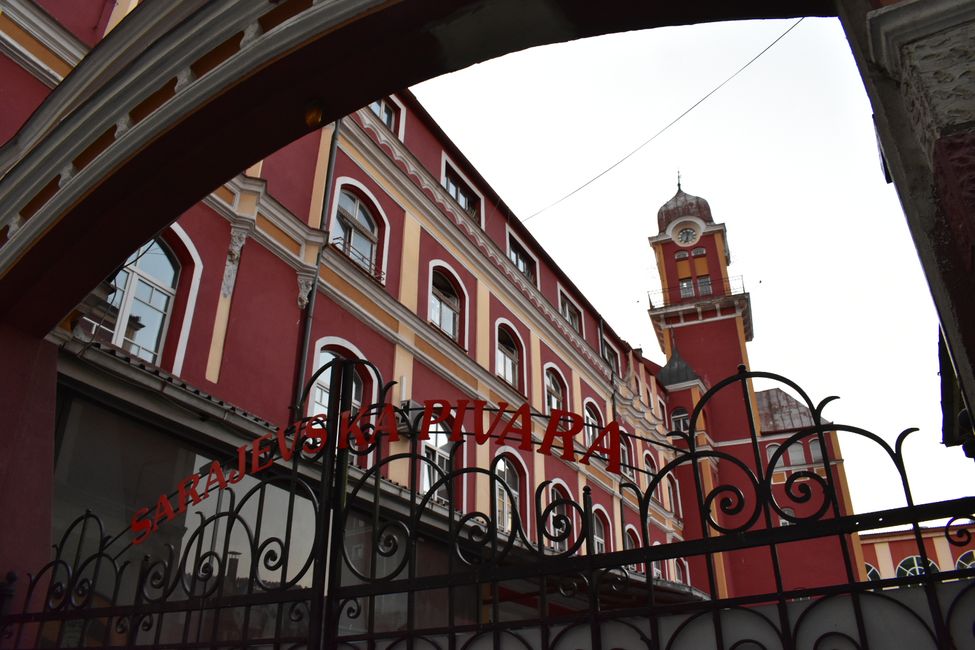
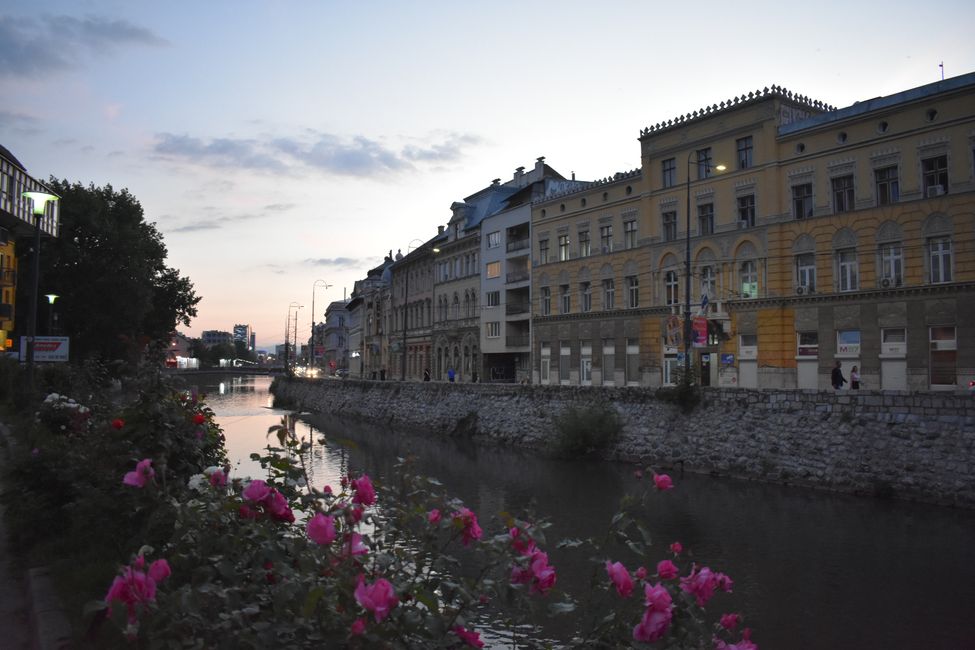
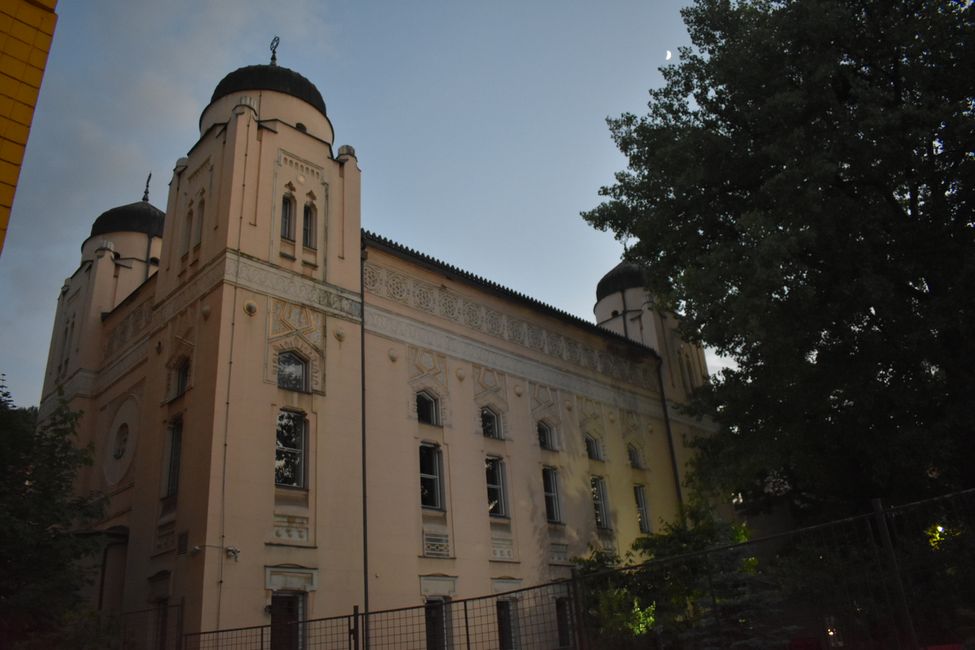
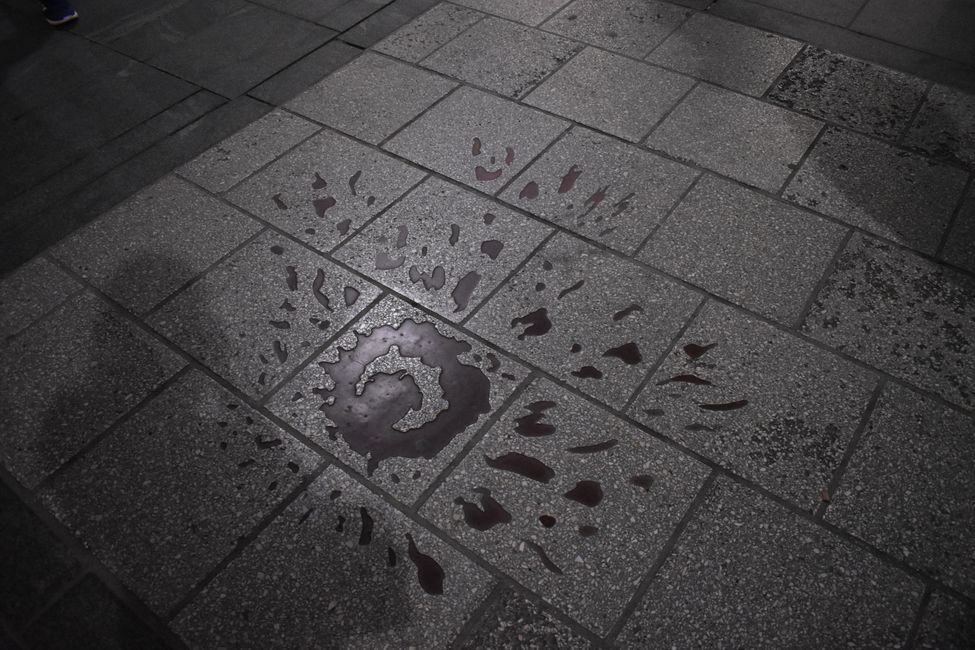
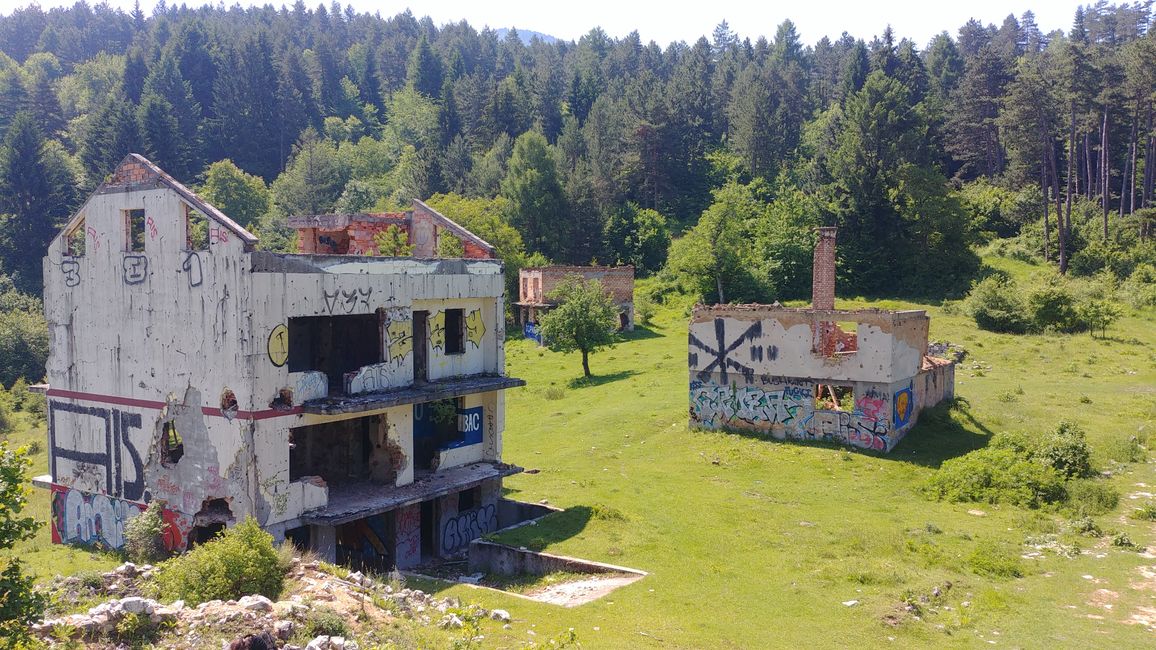
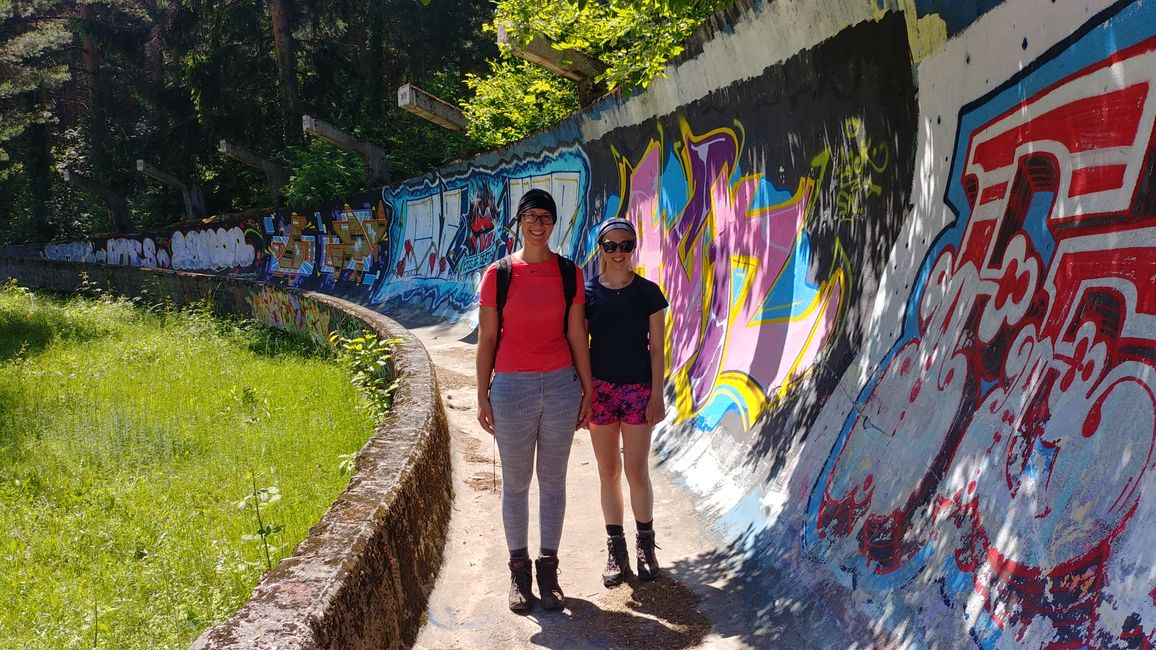
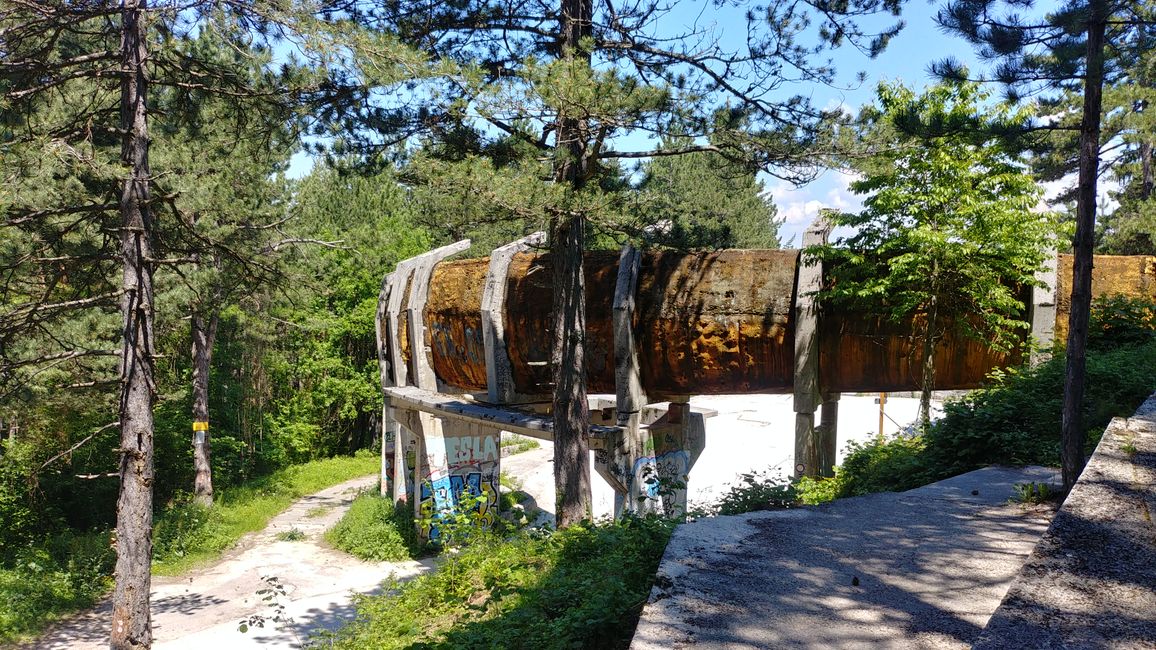
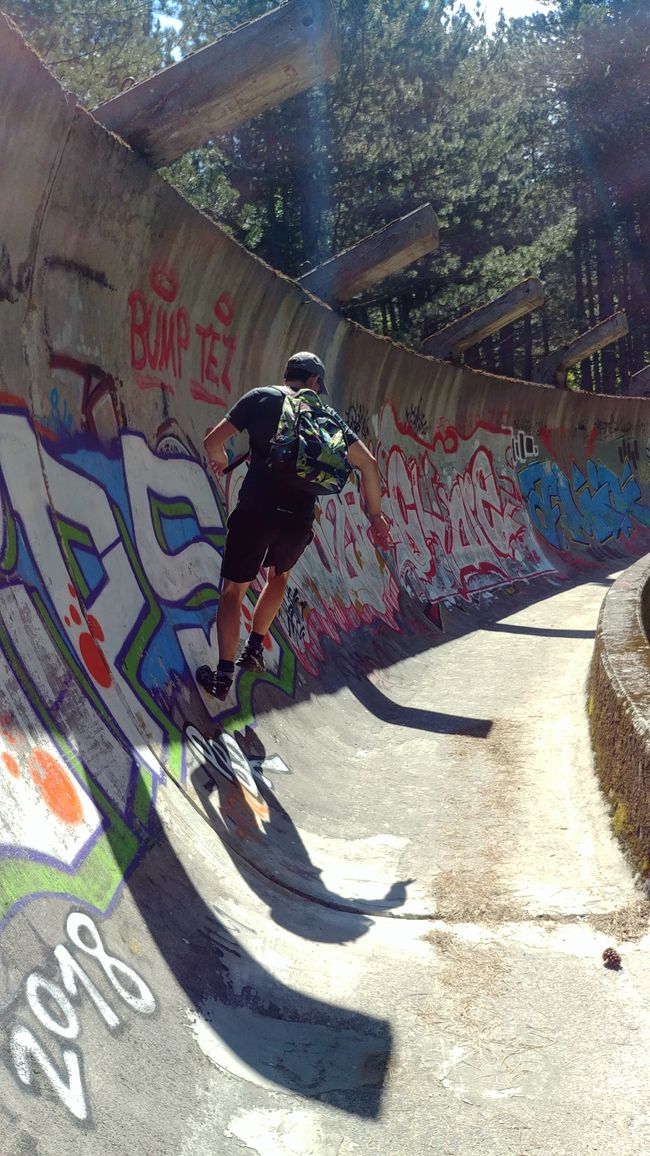
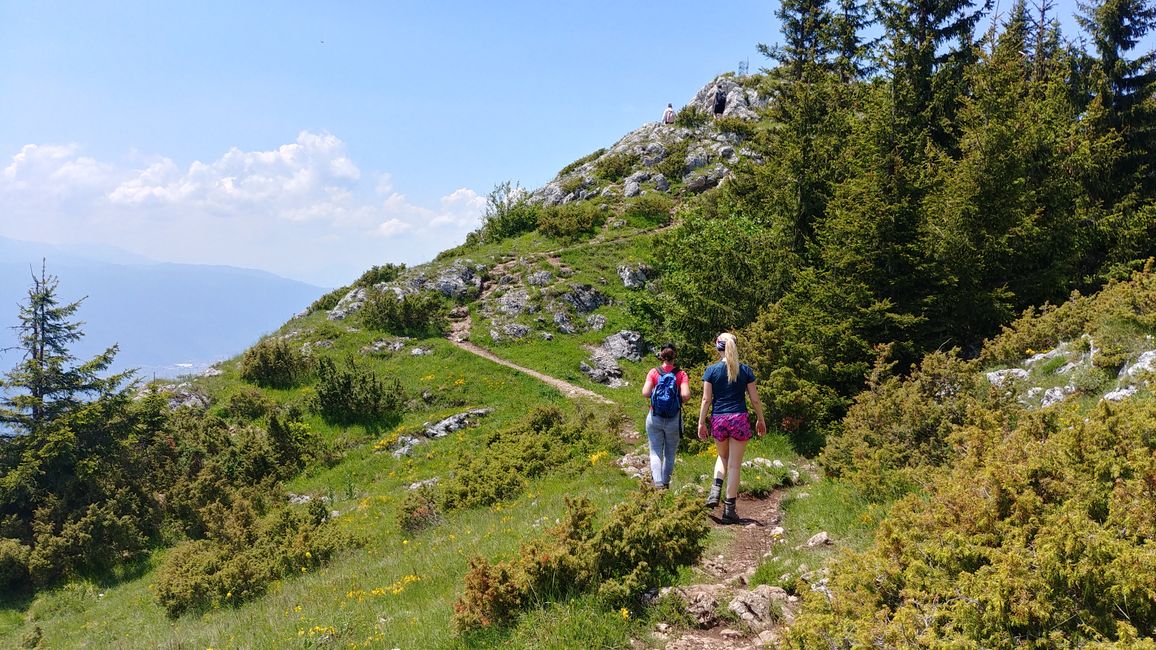
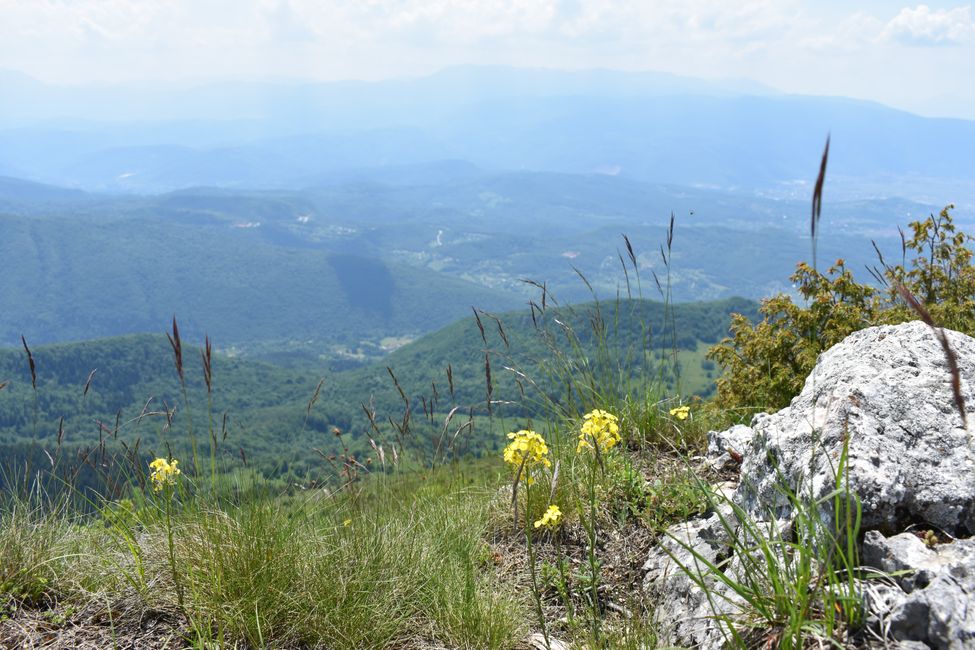
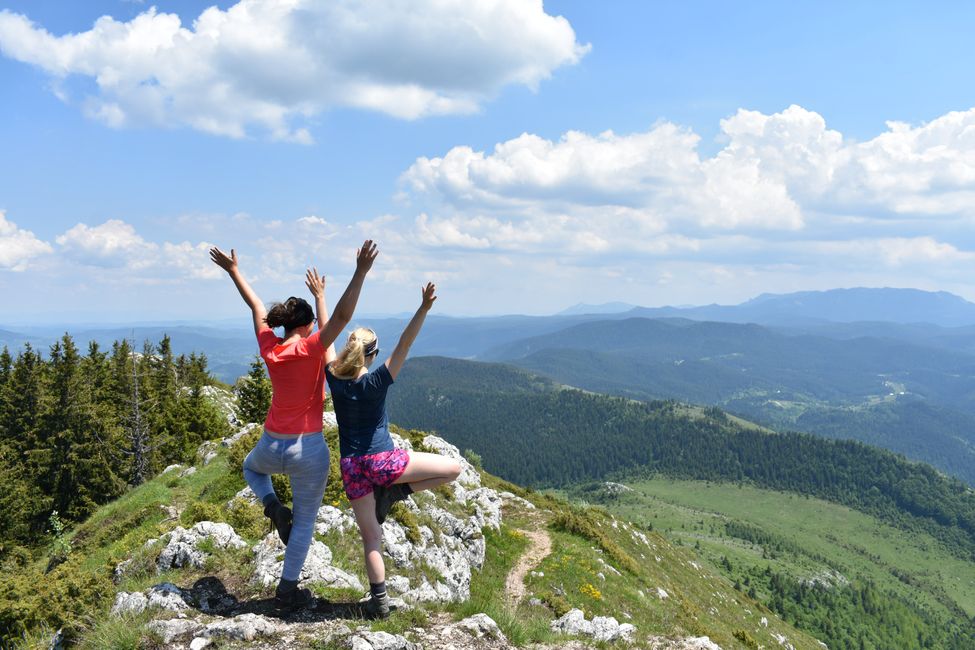
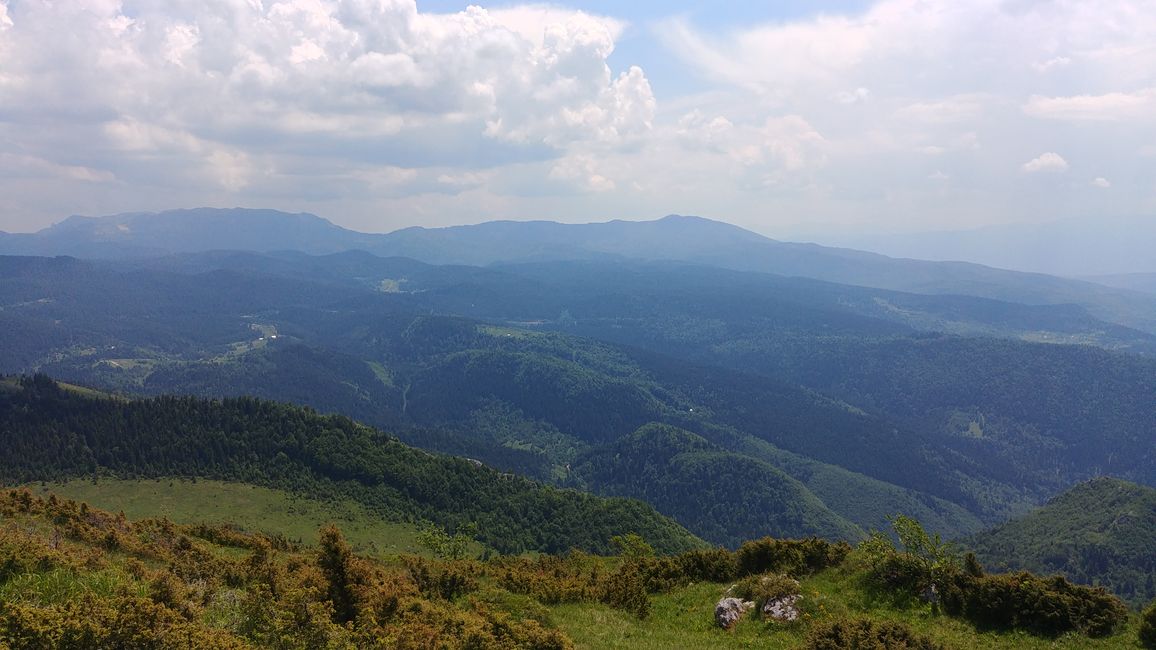
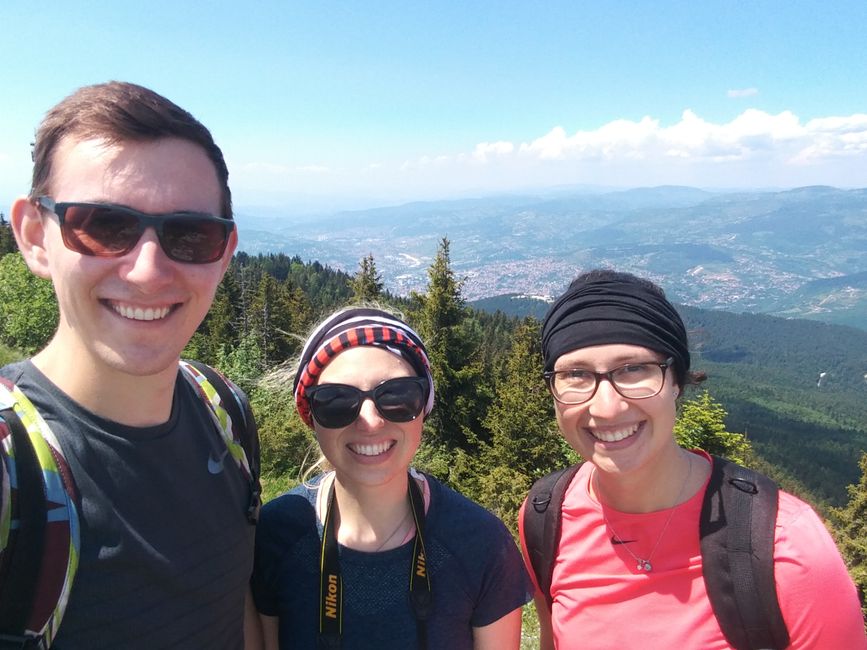
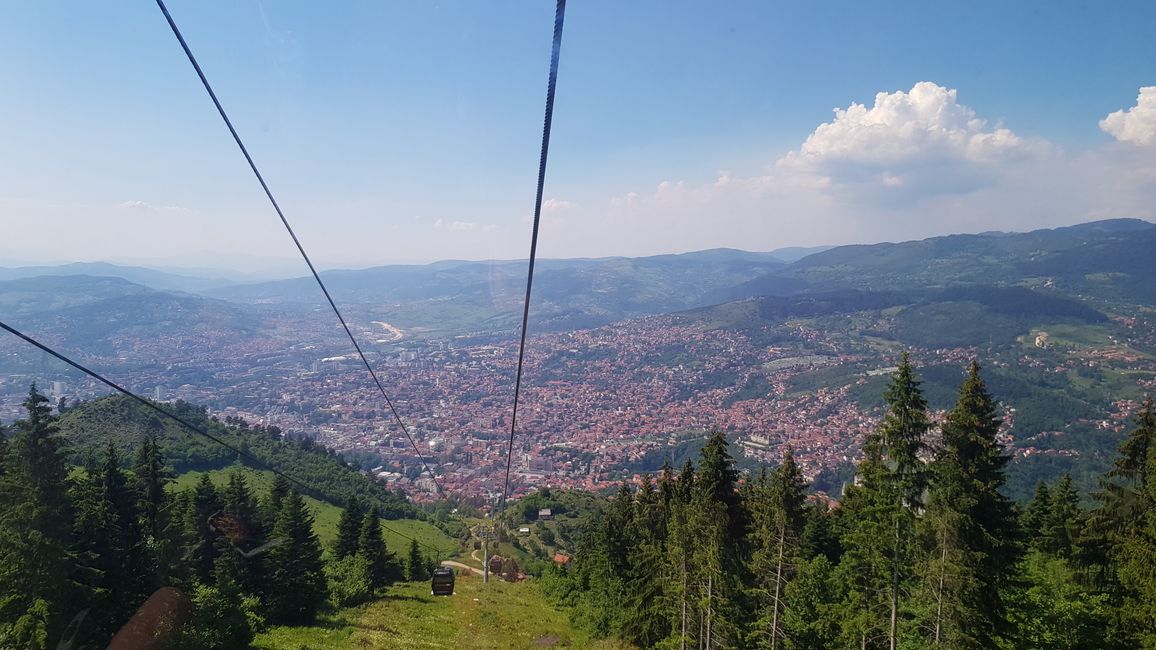
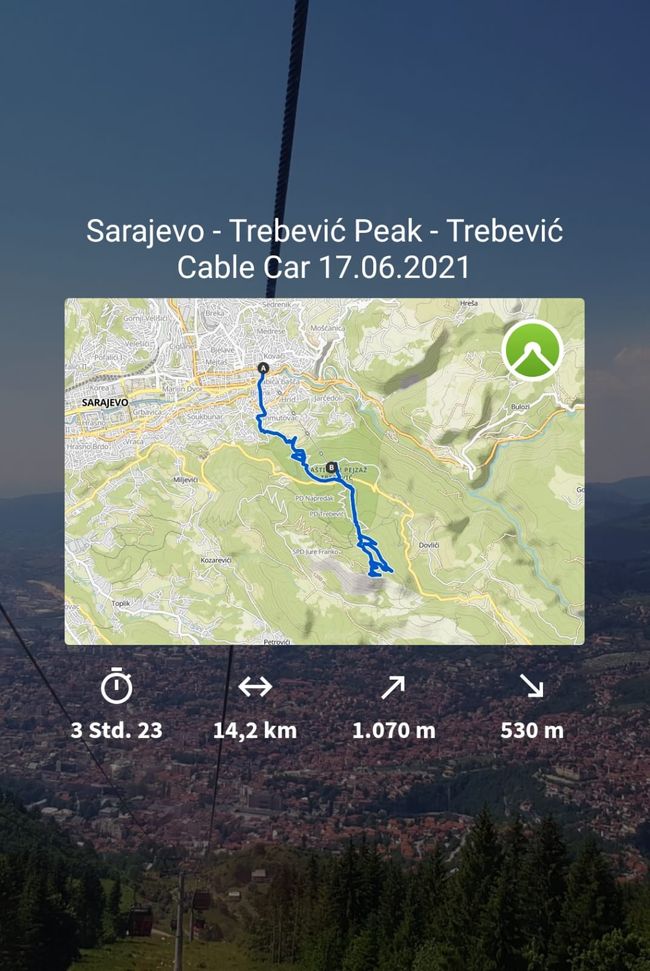
اشترك في النشرة الإخبارية
Quite early we have to leave our hostel (again) to catch the bus at 8 o'clock at the bus station. On the journey we pass three borders (Croatia and Bosnia & Herzegovina) until we finally travel through Bosnia & Herzegovina. A long but again very impressive bus journey awaits us. We drive along the turquoise river Neretva, which winds its way through deep valleys. Impressive mountains build up on the left and right, making us eager to go hiking.
Numerous small villages and ruined cities, such as Mostar, were founded as Slavic settlements. They were then part of the Ottoman Empire, later under Austria-Hungary, and after World War II socialist under Tito's Yugoslavia. Today, the country is democratic and, due to its history, combines Eastern and Western values, as we have never seen before in a country.
We notice this especially in Sarajevo. There are churches, but we are particularly struck by the many mosques. One walks through the well-groomed shopping street Ferhadija, with its Austrian-style coffee houses and Western fashion chains. Near the Gazi-Husrev-Beg Mosque, the ambience changes and one finds oneself again between shisha bars, oriental cafes, and bazaars. Cultures and religions, eras and architectural styles, war and peace meet on almost every corner. Sarajevo is, of course, known for its history. Near the town hall, the assassination of Archduke Franz Ferdinand and his wife Sophie Chotek took place. Scattered throughout the city, one finds the so-called roses of Sarajevo. Where impacts of grenades have left marks on the asphalt, the residents have marked them with red resin to remember that a person died at this spot. The Srebrenica massacre has also left its mark on the city.
Already on our first walk through the city, we pass several smaller and larger cemeteries. We immediately notice the high number of tombstones. The path first leads us up the hill to the yellow bastion. From there, we have a great view of the city, which appears much larger than it actually is (about 300,000 inhabitants), and we enjoy the beginning of the sunset. After that, we continue along the mountain towards the white bastion. Unfortunately, it was already closed so we could not visit it properly and therefore went back down. On the way there and back, we walk through narrow, steep streets lined with small houses on the left and right. This is where the people in Sarajevo really live (says the man at the tourist information). Back in the city center, we pass by the three most important religious buildings in the city: the Gazi-Husrev-Beg Mosque, the Sacred Heart Cathedral, and the Ashkenazi Synagogue. We also pass by the large Sarajevo brewery, and by chance, we discover the St. Anthony Catholic Church next to it. The evening in the city makes us very much looking forward to the next day - we already know which beer we will drink then. It won't be expensive anyway, as food and drinks here are remarkably cheap.
For the next day, we had actually planned a hike to the Bukovik peak. However, the journey to the hiking parking lot turned out to be more challenging than expected, so we changed our plans at short notice. From the Bascarsija marketplace, we start towards Trebevic, which is at an altitude of 1627m. We first walk through very steep small streets between the houses before we come across the hiking trail. This first leads us through beautiful flower meadows and smaller forests, past ruins, before we come to the former bobsled track of the 1984 Olympic Games. However, it is already dilapidated and overgrown, with various graffiti adorning the walls, and it can be completely walked on. Again and again, we pass ruins and roads that were built for the Olympic Games and have not been used since. After some time, we leave the track to take the path to the summit. We decide to take shortcuts for the ascent, which are very steep but lead through beautiful root paths. Finally, when we arrive at the top, we enjoy the view, which differs mainly in terms of spaciousness from what we are used to. Otherwise, we feel almost at home - oh, by the way, the summit cross is still missing, there is only a summit stone. Because we are already quite tired from the heat (it is over 30 degrees), we decide to take the cable car down to the city halfway through the descent.
We arrive exhausted but satisfied back at the hostel and enjoy one last cozy evening in Sarajevo. The next day, the bus journey takes us back to Montenegro through beautiful Bosnia & Herzegovina. We particularly enjoy the view from the Kovacevic restaurant of the turquoise river Neretva and the mountains behind it.
اشترك في النشرة الإخبارية
إجابة
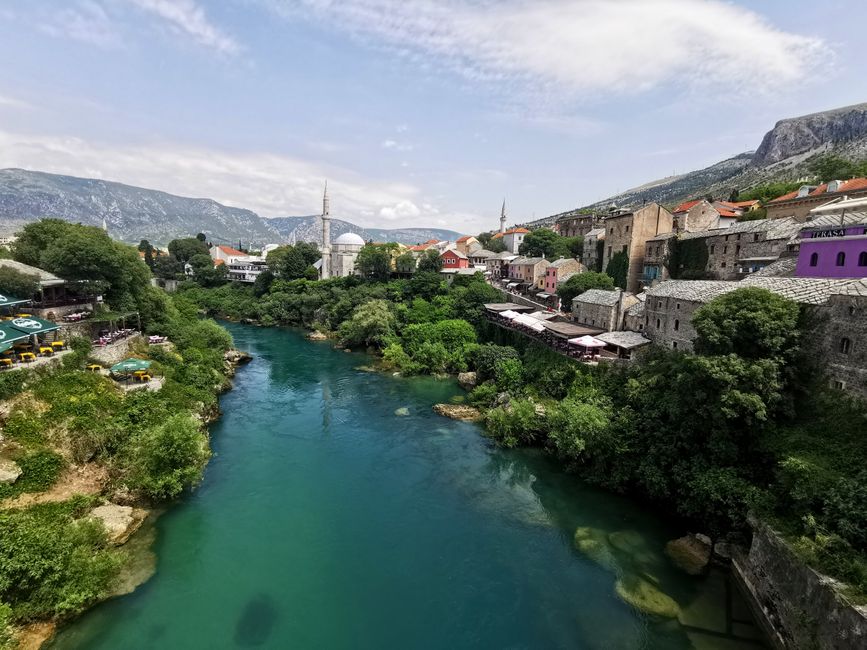
تقارير السفر البوسنة والهرسك
